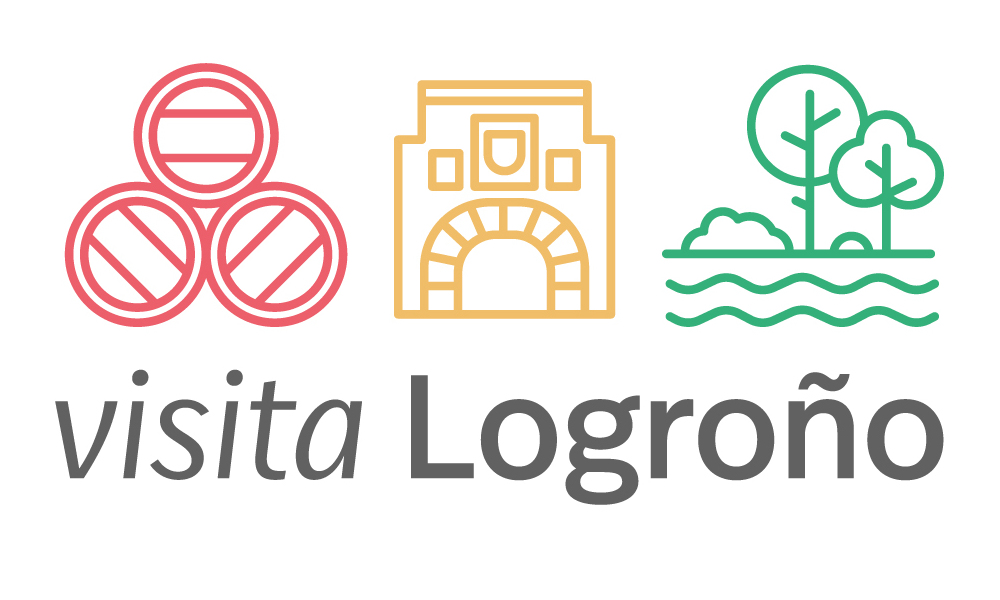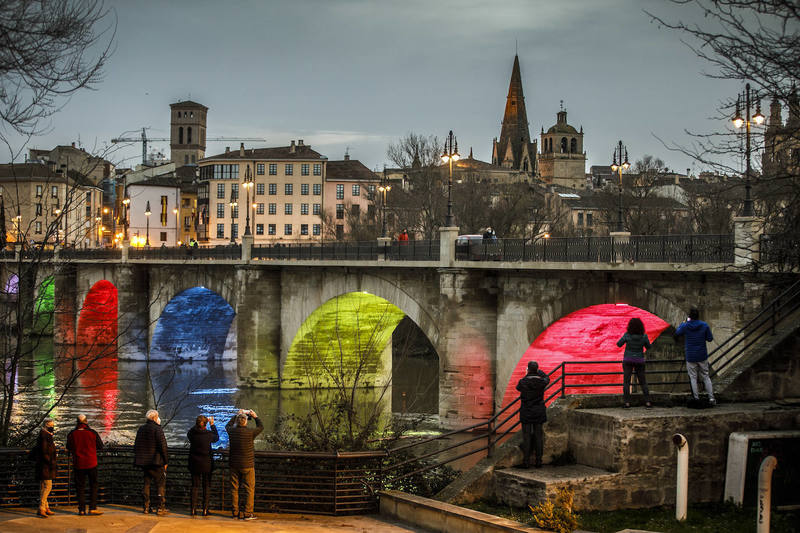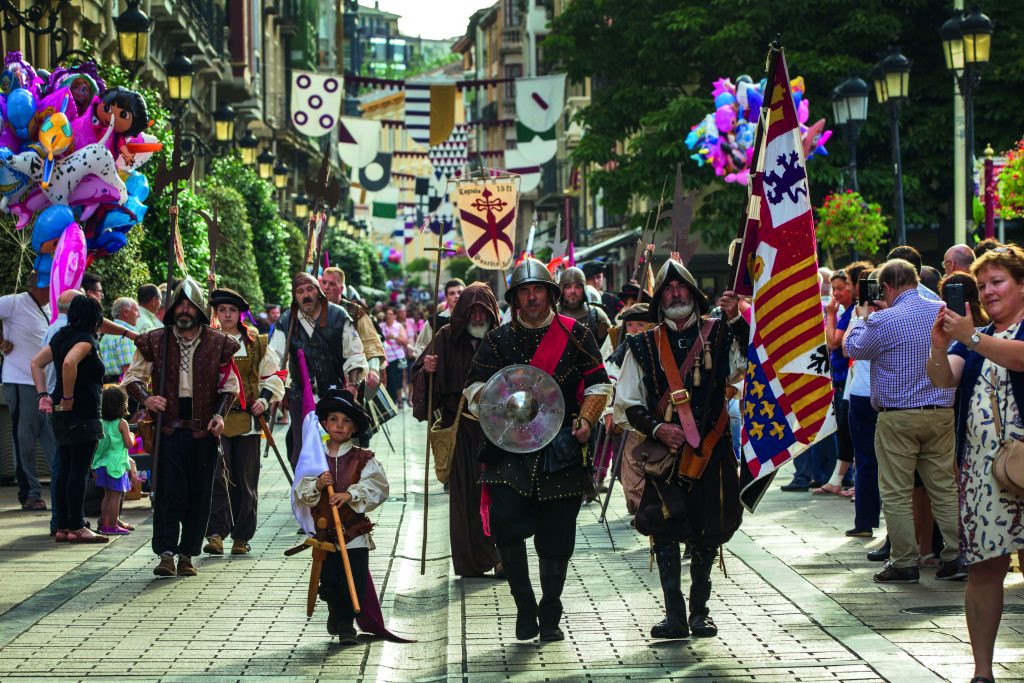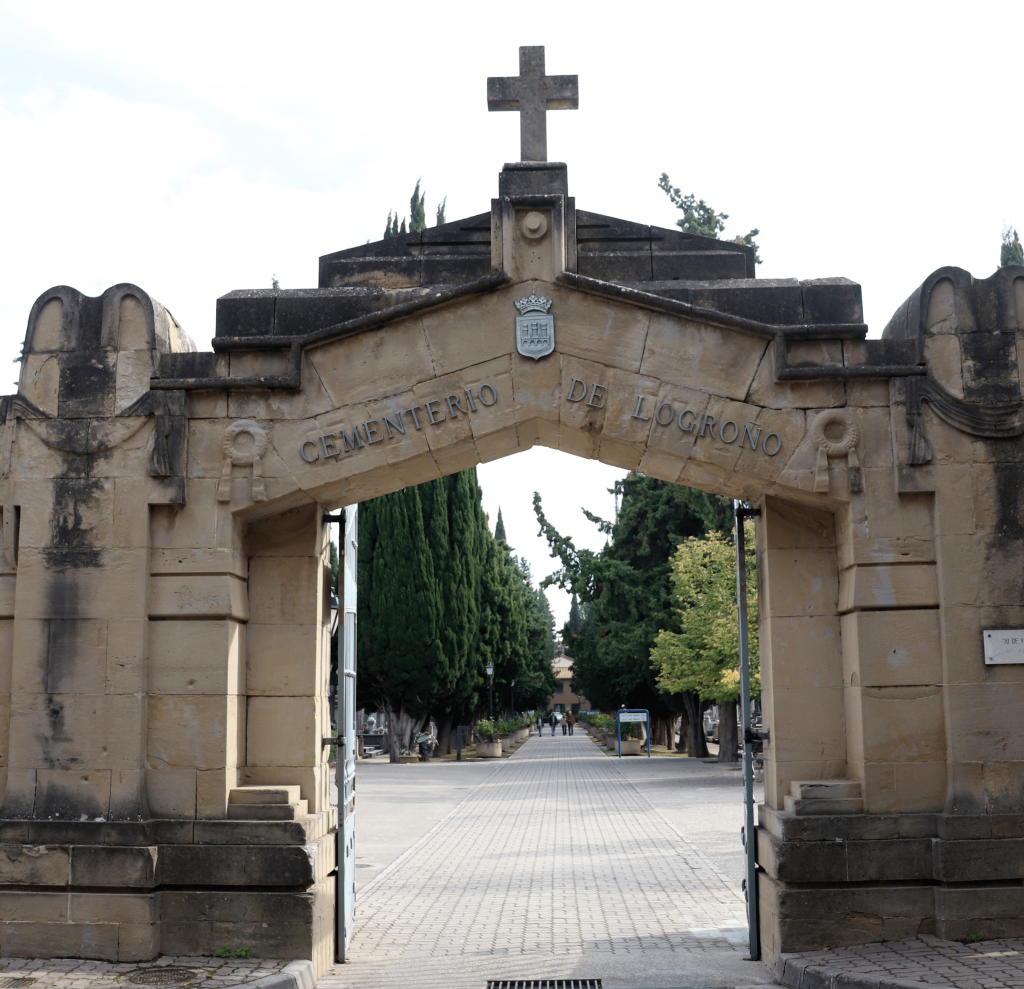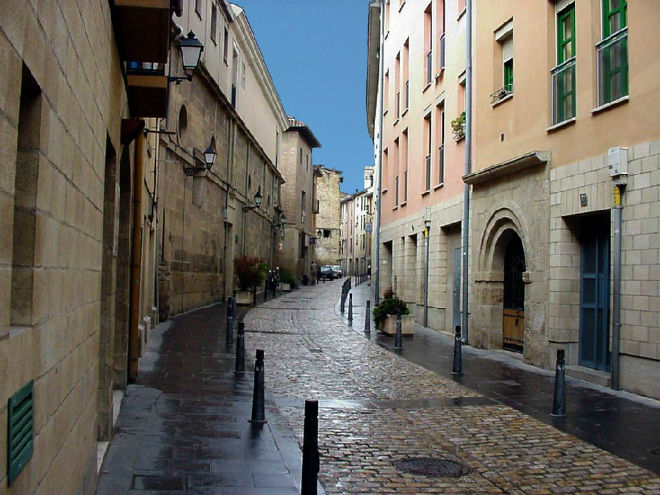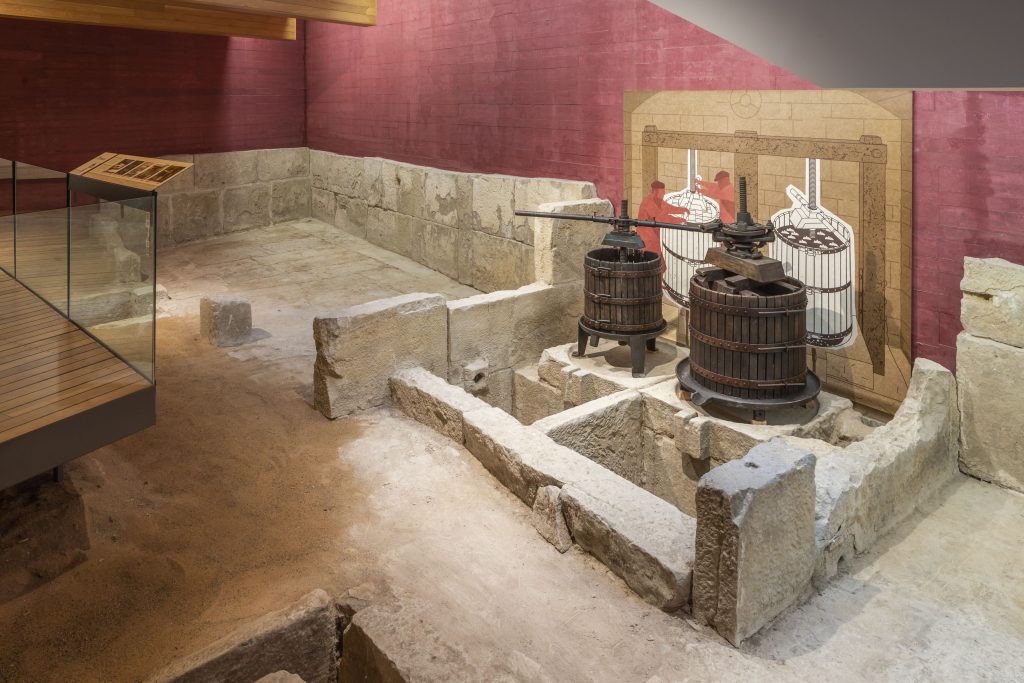The capital of La Rioja is one of the destinations that users of Izi.Travel’s free audio tourist guides can now choose from. An ideal aid for discovering the must-see places in the historic centre while walking, with the advantage of being usable in real time, on the spot.
With this free guide, tourists who come to the capital of La Rioja have a travel companion to help them discover and appreciate many of its emblematic locations in the best possible way, and in real time, as the narration can be listened to while walking along the old cobbled streets.
The route starts at the Casa de las Ciencias, on the other side of the Ebro, then crosses the Puente de Piedra (Stone Bridge) –as a pilgrim on the Camino de Santiago would do– and then heads towards the church of Santa María de Palacio following the Ruavieja, in the oldest part of the city.
The shopping street of Portales, the market of San Blas, the unavoidable offer of pinchos and tapas at Laurel… the places of interest appear one after the other, until you complete a total of twelve points, which also have a geolocated map to help follow the route without getting lost.
